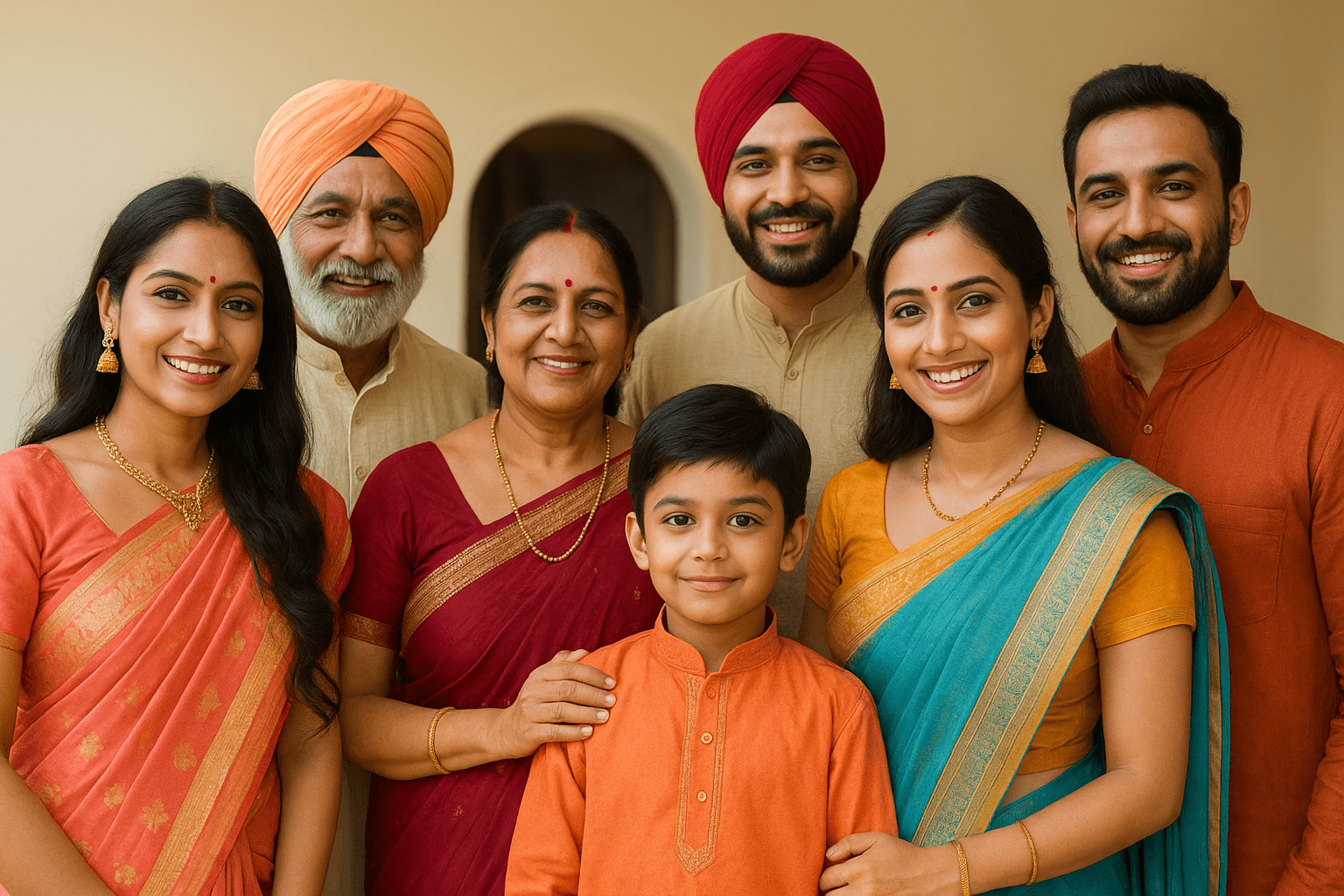
A Royal Affair: Decoding the Rajasthani Wedding Traditions That Dazzle India

A Royal Affair: Decoding the Rajasthani Wedding Traditions That Dazzle India
With vibrant turbans, glittering lehengas, camel processions, and melodies echoing through sandstone havelis, a Rajasthani wedding feels straight out of a grand epic. These weddings embody regality and ancient customs steeped in valor, familial pride, and deep-rooted tradition.
The Pre-Wedding Splendor
The pre-wedding rituals in Rajasthan are as culturally rich as the main ceremony. Events like:
- Tikka ceremony – Where the bride’s family visits the groom’s home to offer blessings and sweets.
- Ganapati Sthapana and Griha Shanti – Pujas ensuring spiritual harmony and a smooth wedding week.
- Mehndi and Sangeet – Featuring folk singers from local villages, accompanied by traditional instruments like the sarangi and dholak.
Don’t miss the Rajasthani Sangeet nights filled with Kalbelia and Ghoomar dances—a spectacle of swirling skirts and rhythmic beats.
The Wedding Day: A Desert Kingdom Comes Alive
A traditional Rajasthani wedding often reflects royalty, influenced by the princely states of Mewar, Marwar, and Shekhawati. Key elements include:
- Baraat on decorated horses or camels, accompanied by live bands and even gunfire salutes in some noble households.
- Grooms wear embroidered achkans, safas (turbans), and mojris. Brides don heavily embellished lehengas with gota-patti and mirror work.
- The mandap—often set under open skies—is enriched with marigolds, peepal leaves, and Rajasthani motifs.
- Ceremonies begin with Janev and Pithi Dastoor followed by Paanigrahan and Saptapadi.
Many weddings take place in historical palaces or desert resorts with sandstone facades and chandelier-lit courtyards, creating a cinematic backdrop for spiritual union and social celebration. Learn more about royal destination weddings in Rajasthan.
Kanyadaan and Palla Dastoor
In a heartwarming moment, the father of the bride performs Kanyadaan, while the groom’s family gifts the bride traditional jewelry in the Palla Dastoor ceremony. These age-old customs emphasize family sacrifice and trust.
Attire & Accessories: Regal in Every Thread
Rajasthani weddings are synonymous with opulent bridal fashion. Women wear lehengas in deep hues—crimson, peacock green, royal blue—with intricate bandhej, zari, and mirror work.
The bride is often adorned with:
- Borla – A spherical maang tikka, unique to Rajasthan.
- Rakhdi, Baju Bandh, Hathphool – Traditional ornaments passed down through generations.
- Heavy odhnis (veils) often weighed down with gold threadwork and motifs of elephants and camels.
Wedding Feast: A Taste of the Desert’s Bounty
No Rajasthani wedding is complete without its grand Rajasthani Bhoj (feast). Served on leaf plates with tradition and pride, the cuisine reflects the state’s warrior history and arid landscape. Key dishes include:
- Dal Baati Churma – The centerpiece of any Marwari wedding menu.
- Gatte ki Sabzi, Ker Sangri, and Laal Maas for meat-eating clans.
- Sweets include Ghewar, Mohanthal, and Balushahi.
The influences of Jain and Vaishnav communities are also reflected in the generous inclusion of pure vegetarian delicacies prepared without onion or garlic.
Final Send-Off: Bidaai and Pagelagni
As folk singers hum bittersweet ballads, the Bidaai ceremony marks the bride’s ceremonial farewell. In some communities, a Pagelagni follows, where the bride meets her new family officially the next day, bringing gifts and blessings.
Preserving the Royal Legacy
Modern Rajasthani weddings may embrace contemporary touches—designer outfits, curated decor, or fusion music—but they remain deeply tied to their cultural roots. It is a celebration not just of a couple, but of Rajasthani heritage, pride, and the promise of honor across generations.
Are you dreaming of a regal celebration steeped in tradition? Find your perfect match today and begin your Rajasthani love story.
